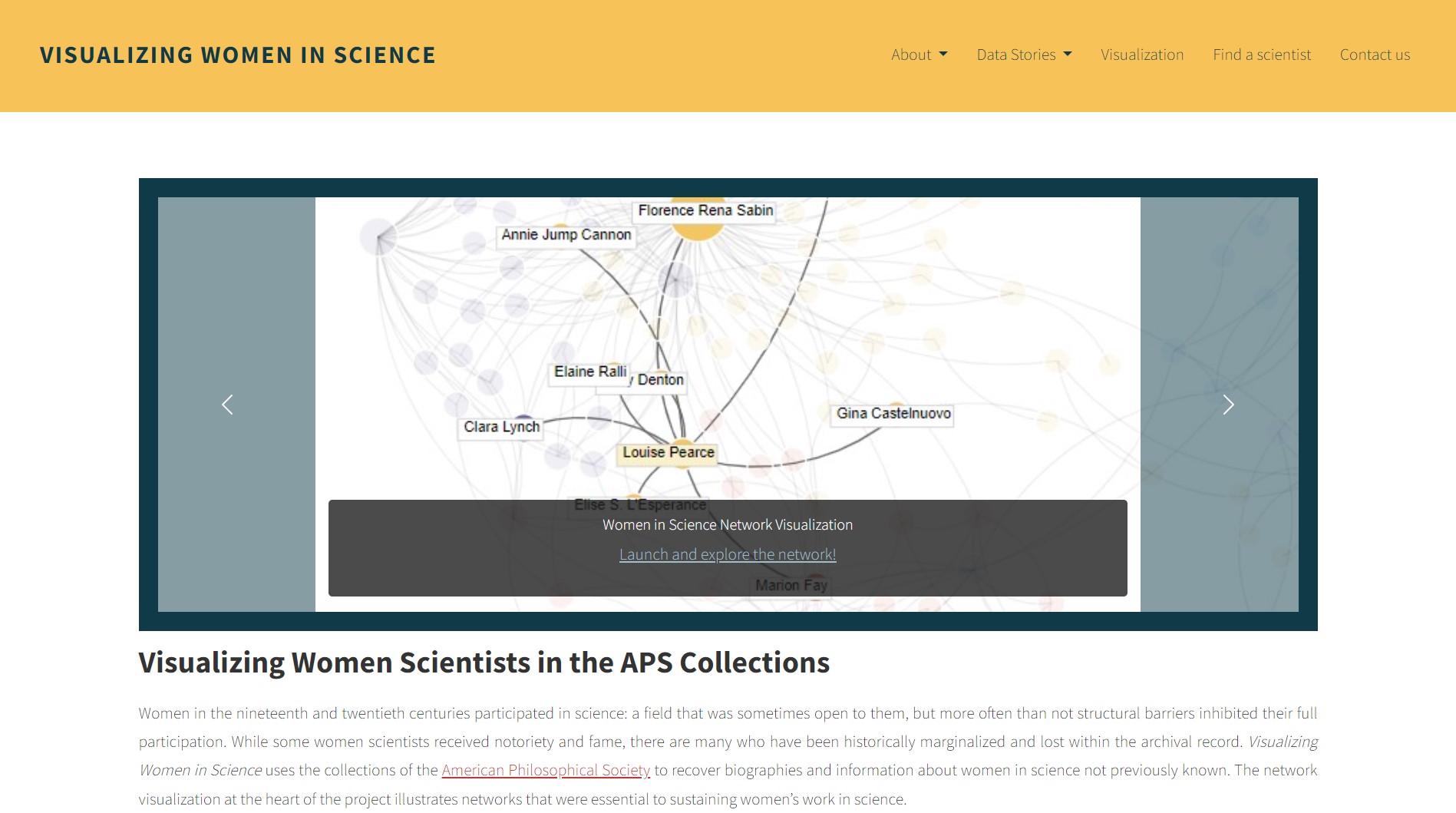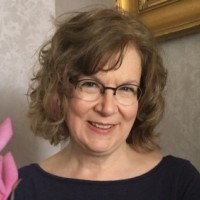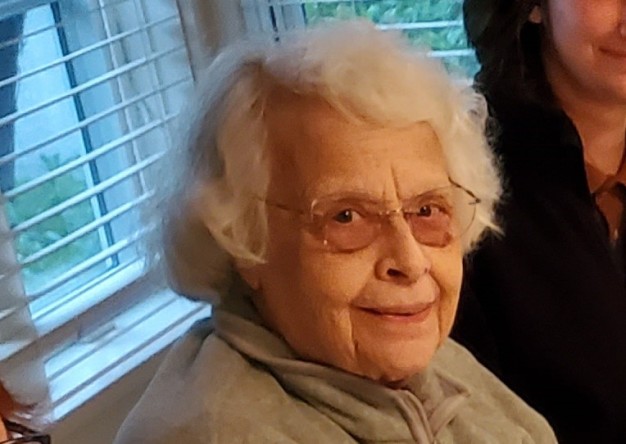Deeply Hidden in the Archives: Lois M. Haibt
Computer scientist Lois M. Haibt may not be a household name. She’s described by her family as being a quiet, unassuming woman who enjoys tootling around on the internet, the occasional knitting or sewing project, and socializing with family and friends. As it turns out, though, she is one of the great minds who was on the team that developed FORTRAN (FORmula TRANSlation), an early computer language introduced by IBM in 1957. According to IBM, Fortran became one of the most widely used languages for technical work. A quick internet search yields that it is still considered the gold standard for technical work, and that Fortran 2023 was published in November of last year. It is the oldest computer language still in use.
Lois Haibt recalls being “good in math and science and terrible in the fuzzy subjects like English,” while a scholarship student at Vassar College. Shortly after she graduated in 1955, IBM hired her and she was quickly assigned to the Fortran team. Like many of her fellow team members who came from disparate backgrounds, she was selected due to her success in and passion for math and science, and for her keen problem-solving skills. In an interview from 2001, she explained, “They told me it was a job programming computers. I only had a vague idea what that was. But I figured it must be something interesting and challenging if they were going to pay me all that money.” She is credited with building the arithmetic expression analyzer, the core of the Fortran compiler.
At this point, you must be wondering, “What’s the link between Lois Haibt and the American Philosophical Society?” That leads me to our prior Museum exhibit, Pursuit & Persistence: 300 Years of Women in Science and the associated digital project Visualizing Women in Science. Although the exhibition is no longer on display in the Museum, the online visualization continues to resonate with me. It’s an endlessly fascinating interactive network diagram which brings to light women scientists hidden in our archives.

This work began in 2018, with APS Digital Humanities Fellow Serenity Sutherland searching our collections for women who corresponded with the female “heavy hitters” in science—like Marie Curie, Florence Sabin, and Barbara McClintock. The original five collections that Sutherland surveyed were significantly added to by Digital Projects Specialist David Ragnar Nelson and Associate Director of Digital Initiatives & Technology Bayard L. Miller—with a total of 60 collections explored.
The project digs deep and poses the questions “Who counts as a scientist? What counts as science?” In this aspect, we’re introduced to not only women working in the acknowledged “hard sciences,” but also those working in home economics, child welfare, and social work–fields where women trained in science were often more readily accepted.
Hopefully by now you’ve figured out that I wanted to see how many lives Haibt touched in our archives. Searching her name in Visualizing Women in Science yields no results. However, I did use our collections search feature to look for mentions of “Fortran” in our finding aids. I found that, at the very least, several scientists found in our archives used what Lois Haibt helped create. This list includes the work of Baruch S. Blumberg, Walter Goad, Val L. Fitch, Herman H. Goldstine, Stanislaw M. Ulam, and John W. Tukey. And I’m sure many more. Additionally, her name can be found in the Goldstein papers, Series V (IBM) if one takes the time to dig through that series.
We may not hold her collected papers, but the work of Lois M. Haibt lives on in the American Philosophical Society, and also the world—through the work of many.


